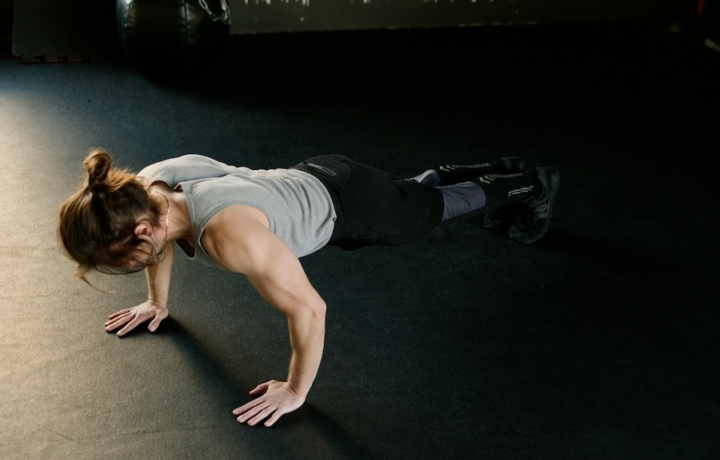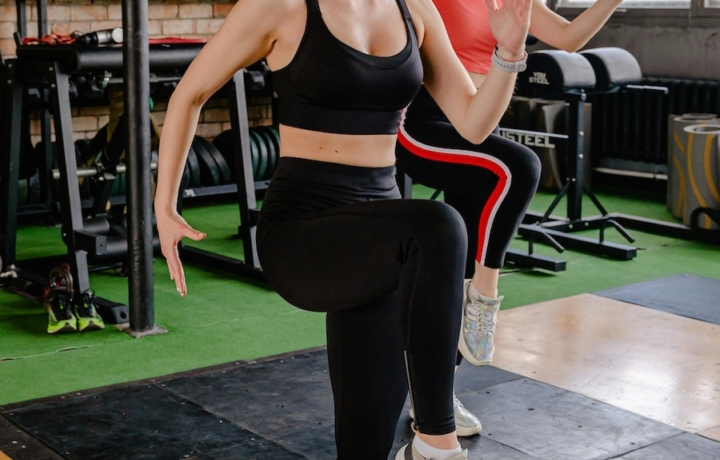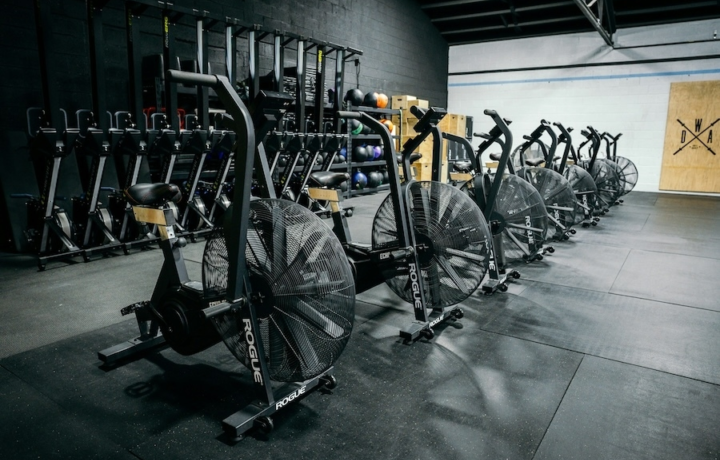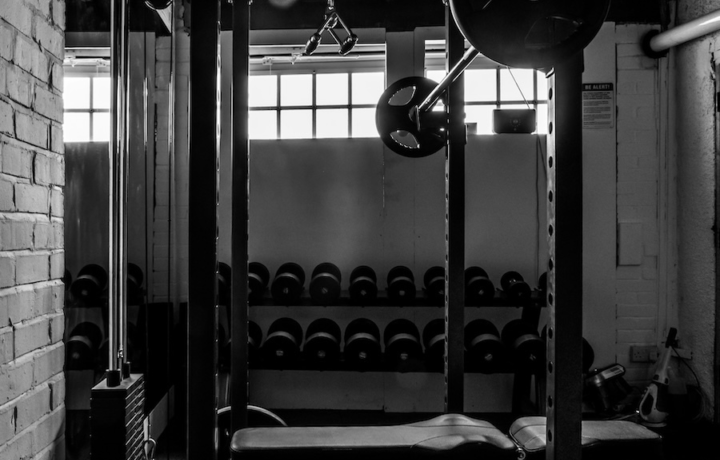Boost heart health, burn calories and build stamina
Cardio
Cardio: short for cardiovascular training, includes any activity that raises your heart rate over time. Whether you’re running, cycling, rowing, or jumping rope, cardio builds endurance, improves recovery, and supports fat loss. This section explains the key concepts, types, and terms that define cardio: so you can tailor it to your goals, whether that’s performance, health, or physique.
FAQ (6)
Definitely. Just keep it low-intensity (like walking or cycling) to support recovery.
While not the focus, low-to-moderate intensity cardio (e.g. walking, cycling) helps improve heart health, support fat loss, and enhance recovery. Many bodybuilders include 2–3 cardio sessions per week, especially during cutting phases.
Yes, when used strategically. Low to moderate-intensity cardio improves recovery, blood flow, and heart efficiency, which can support strength training. However, excessive high-intensity cardio may interfere with strength gains if not balanced properly.
It depends on your goals. HIIT burns more calories in less time and improves both aerobic and anaerobic capacity. Steady-state cardio is easier to recover from and better for building a solid endurance base. A combination of both is often the most effective and sustainable approach.
For general health, 2–4 sessions per week of 20–45 minutes each is effective. If you're training for fat loss or performance, you may increase frequency and vary the intensity between steady-state and interval workouts. Always balance cardio with recovery and strength training to avoid burnout or muscle loss.
The best cardio exercises include running, cycling, rowing, jumping rope, and HIIT workouts. These activities raise your heart rate, improve cardiovascular fitness, and support fat loss. Choose exercises you enjoy and can do consistently — variety helps prevent plateaus and keeps motivation high.
Definitions
A scale (usually 1–10) that helps you gauge how hard you feel you’re working during exercise. Useful for tracking intensity without a heart rate monitor — especially in cardio workouts where pacing matters.
Alternates short bursts of intense activity with rest or low-effort periods. HIIT burns a lot of calories in less time, boosts metabolic rate, and improves both aerobic and anaerobic capacity.
A type of cardio done at a steady pace and low effort for an extended period — like walking, cycling, or slow jogging. Ideal for recovery, base building, or fat burning without taxing the body too much.
Different intensity levels based on a percentage of your max heart rate. Zones 1–2 are low intensity (great for recovery or long steady-state sessions), while Zones 4–5 are high intensity (used in intervals or sprints). Training in the right zone supports different goals.
The system made up of your heart, blood vessels, and lungs. Cardio training strengthens this system, helping it deliver oxygen more efficiently to working muscles — which means better stamina, recovery, and heart health.




















